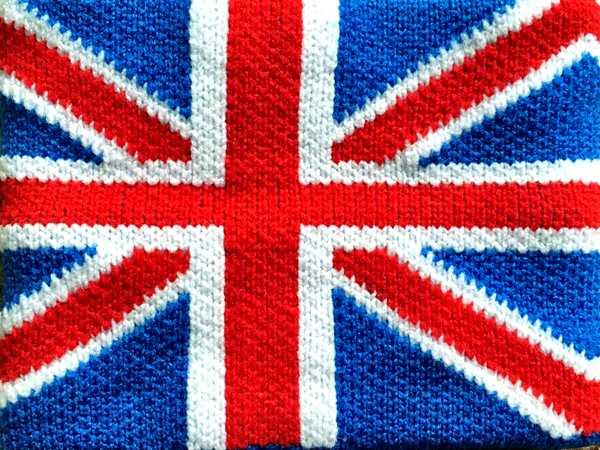The term “Jack” has woven itself into the fabric of British culture, carrying significance across various contexts. From military history to maritime traditions, and even in casual games, “Jack” is a small word with big implications. Let’s explore how this term has evolved and what it signifies today.
The Small but Mighty “Jack”
In British vernacular, the word “Jack” often refers to something small but significant. A Jack Snipe, for instance, is the smallest species of snipe, a type of bird known for its elusive nature. Similarly, a Jack Pike is a smaller version of the pike, a predatory fish found in freshwater. Even in the game of bowls, the small target ball is known as the “Jack,” underscoring its role as the focal point of the game.
The Nautical Jack: Symbol of Identity
On sailing ships, the “Jack” takes on a nautical significance. The jack-staff, a small bowsprit or staff, is used to display a flag, commonly referred to as a “Jack.” For the Royal Navy, the Union Jack is the flag flown at the bow of a ship, a symbol of national pride and maritime tradition.
The origins of the Union Jack are steeped in history. One theory suggests that the flag’s name derives from the surcoats, or “jacques,” worn by Crusaders. These garments were used to identify themselves, and over time, the term became associated with the flags flown on their ships. Another story ties the name to King James I, who signed his name as “Jacques” in the French manner, and his flag, the Union Jack, took on his name.

The Evolution of the Union Jack
The Union Jack as we know it today has evolved since the early 1600s. After the death of Queen Elizabeth I in 1603, the crown passed to James I of England (also James VI of Scotland). In 1606, a new British flag was introduced, combining the cross of St. George (England) and the cross of St. Andrew (Scotland). This marked the first iteration of the Union Jack.
With the union of Great Britain and Ireland in 1801, the red diagonal cross of St. Patrick was added, resulting in the current design of the flag. Although often referred to as the Union Jack, technically, it is called the Union Flag when flown on land. The term “Union Jack” is traditionally reserved for when the flag is flown at sea. However, common usage has made the terms interchangeable.
Proper Usage and Symbolism
Understanding the correct way to display the Union Jack is crucial, especially when it comes to its orientation. The broader white stripe of St. Andrew’s cross should always be above the red stripe of St. Patrick in the top left corner of the flag. Flying the flag upside down is a recognized signal of distress, so correct positioning is essential.
Flags, including the Union Jack, are often flown at half-mast as a sign of mourning or respect. Traditionally, a flag at half-mast should be positioned one flag’s width down the pole, symbolizing space for the “invisible flag of Death.” However, it is commonly seen halfway down the pole.
The Royal Standard: Never at Half-Mast
While the Union Jack may be flown at half-mast, the Royal Standard is never lowered. This flag represents the continuity of the monarchy, signifying that the throne is never vacant. Upon the death of a monarch, the next in line immediately ascends, ensuring the flag remains at full mast.
Language Matters: The Case of “Alright”
Just as the Union Jack holds a special place in British tradition, so too does the correct use of language. The contraction of “all right” to “alright” is often seen but is technically incorrect. Similarly, distinctions between phrases like “all together” and “altogether” or “all ready” and “already” should be observed to maintain proper English usage.

